10 raynauds disease symptoms
 Article Sources
Article SourcesRaynaud’s disease causes episodes where blood flow to certain extremities is suddenly limited. These episodes most often affect the fingers, but toes, ears, and other areas can also be affected. Symptoms of Raynaud’s disease can include changes in skin color, pain, and numbness. Many cases of Raynaud’s disease don’t have a clear cause. However, some cases may be associated with other health conditions and environmental hazards. Cases that are severe or untreated may eventually lead to ulcers and skin damage. Medications and lifestyle changes may help reduce the severity of symptoms.
Extreme Sensitivity to Cold
Many symptoms of Raynaud’s disease, like numb extremities, can happen to anyone after prolonged exposure to extreme cold. However, people with Raynaud’s experience these extreme reactions after skin on the fingers or other extremities is exposed to cold for just a short time. Raynaud’s disease causes the blood vessels and small arteries in skin to narrow when triggered, leading to limited blood flow to skin and extremities.[[1]] This narrowing is known as a vasospasm.[[2]]
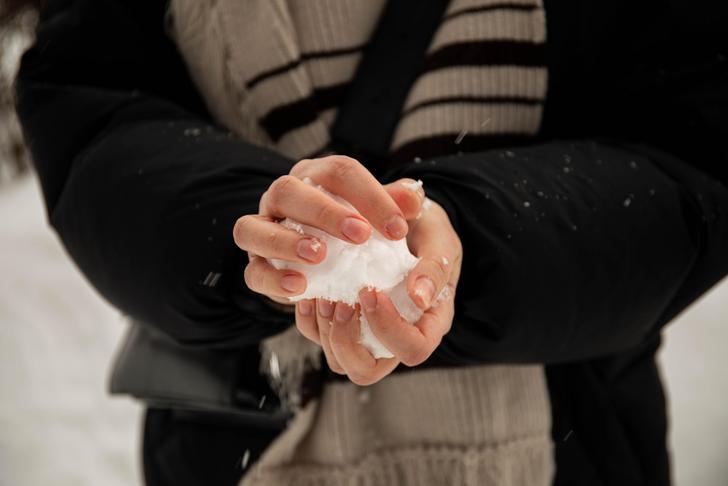
Advertisement
Changes in Skin Color
Changing skin color can be one of the most obvious symptoms of Raynaud’s disease. A Raynaud’s episode can cause distinctive and noticeable changes in skin color. These color changes can cause the skin to look white and then blue as blood flow to the area is limited. Later, as blood returns to the affected body parts, the skin may look unusually red or pink. Because this symptom is observable and strongly associated with Raynaud’s disease, doctors may use it to help diagnose the condition.[[3]]
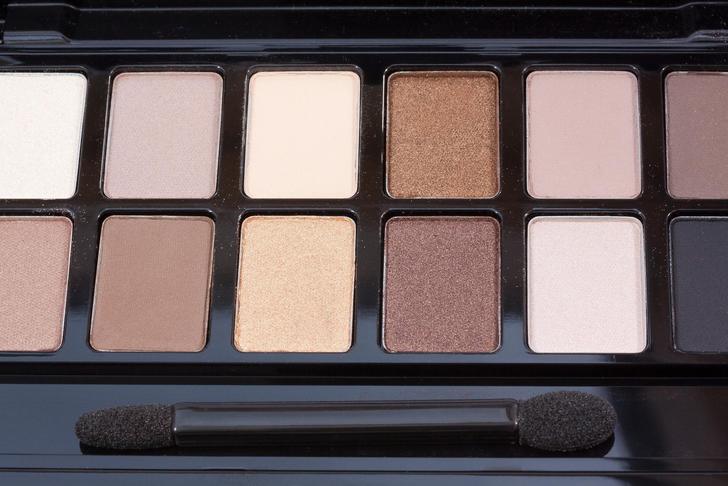
Advertisement
Pain and Numbness
Another symptom of Raynaud’s disease is pain or numbness in affected body parts. Attacks may cause fingers to hurt as the blood vessels constrict.[[4]] Hands and other affected parts may feel cold and then become painful.[[2]] The pain is similar to what is felt after holding a chunk of ice or cold object for a long time. The affected area may also go numb as if it had been exposed to freezing temperatures for an extended period.
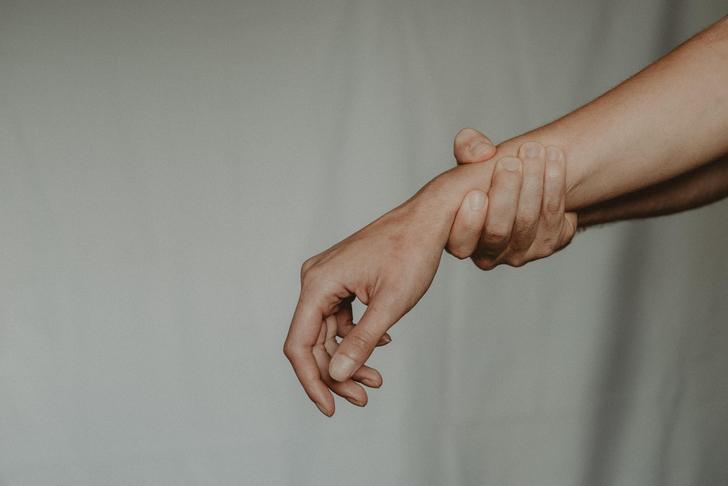
Advertisement
Tingling and Swelling
Losing blood flow to an extremity is unpleasant, but the return of blood to the area can also be painful. The skin may turn red or pink, and the person is may feed pain or an unpleasant throbbing sensation in the affected area as blood returns after a Raynaud’s episode. Raynaud’s disease symptoms can include warmth and tingling as bloodflow returns.[[4]] This sensation can be painful and some people also experience swelling after an attack.[[2]]
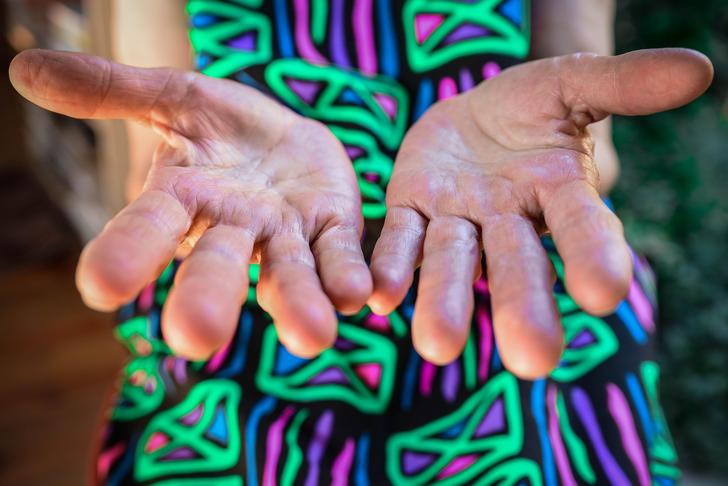
Advertisement
Strong Reactions to Stress
Some people with Raynaud’s disease experience an unusual reaction to stress and anxiety. While cold temperatures are a common trigger of Raynaud’s disease symptoms, stress and strong emotions can trigger an episode in some people. Nervousness, anger, and associated are often associated with attacks, and, similar to cold temperatures, seem to cause a constriction of blood vessels. However, less negative emotions can also cause symptoms. For example, someone may experience symptoms when very excited or surprised.[[4]]

Advertisement
Sores and Ulcers
Sores and even gangrene can be a symptom of Raynaud’s disease if the condition isn’t treated. Raynaud’s restricts blood flow and can deprive affected skin of oxygen. When Raynaud’s is undiagnosed or left untreated for long periods of time, the lack of oxygen can cause ulcers or small sores that don’t heal well. The disease may also prevent other wounds from healing. In the most serious cases, skin tissue can begin to die, leading to gangrene.[[5]]

Advertisement
Medical Causes
Raynaud’s disease most commonly occurs without an obvious cause and doctors call this the primary form of Raynaud’s disease. The secondary form is less common and appears to be associated with other illnesses or environmental issues. Certain autoimmune diseases including rheumatoid arthritis, lupus, and scleroderma are often linked with Raynaud’s. The disease may also be related to clotting problems and thyroid issues. The symptoms of Raynaud’s disease may be more severe in the secondary form of the disease.[[5]]

Advertisement
Environmental Causes
The secondary form of Raynaud’s disease can also be associated with medications, environmental factors, and occupational hazards. Prolonged exposure to cold temperatures or hard vibrations – such as those caused by jackhammers and power tools – may increase the risk of Raynaud’s. Certain medications for high blood pressure and ADHD may worsen the symptoms of Raynaud’s disease.[[5]] Additionally, some studies have found that the disease may be caused or worsened by carpal tunnel syndrome.[[6]]

Advertisement
Treatment: Lifestyle Changes
While many people can’t entirely avoid triggers, Raynaud’s disease symptoms may be improved by avoiding triggers. Keeping hands or affected body parts warm and dry can help avoid triggering the nerves that restrict blood flow. Relaxation techniques and avoiding stressful situations may be helpful for people with episodes that appear to be triggered by anxiety. Lifestyle changes may be particularly helpful to people with the secondary form of Raynaud’s. Treating a related health problem or avoiding environmental causes, like harsh chemicals, can be beneficial.[[4]]

Advertisement
Medications and Surgery
Doctors do prescribe medications to treat Raynaud’s disease symptoms, and these medications may help reduce long-term complications. Alpha-receptor blockers can open blood vessels and reduce the severity of symptoms. Calcium channel blockers and vasodilators may also help with the healing of sores and ulcers related to Raynaud’s.[[4]] In severe cases, doctors may use surgery or injections to cut off the nerves that trigger attacks of Raynaud’s disease.[[1]]
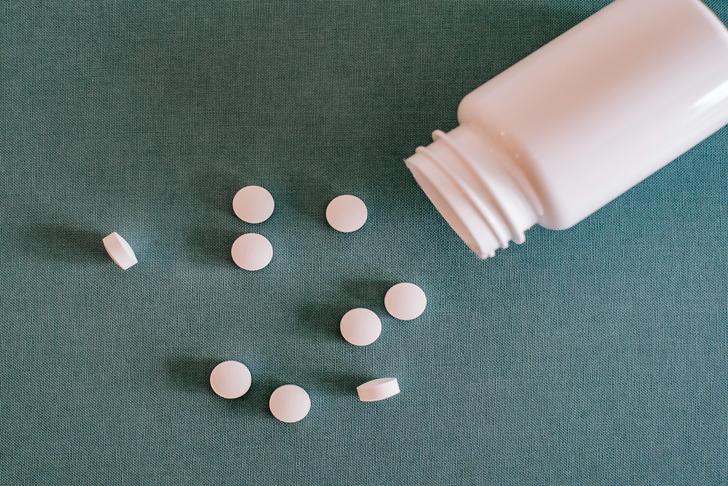
Advertisement





